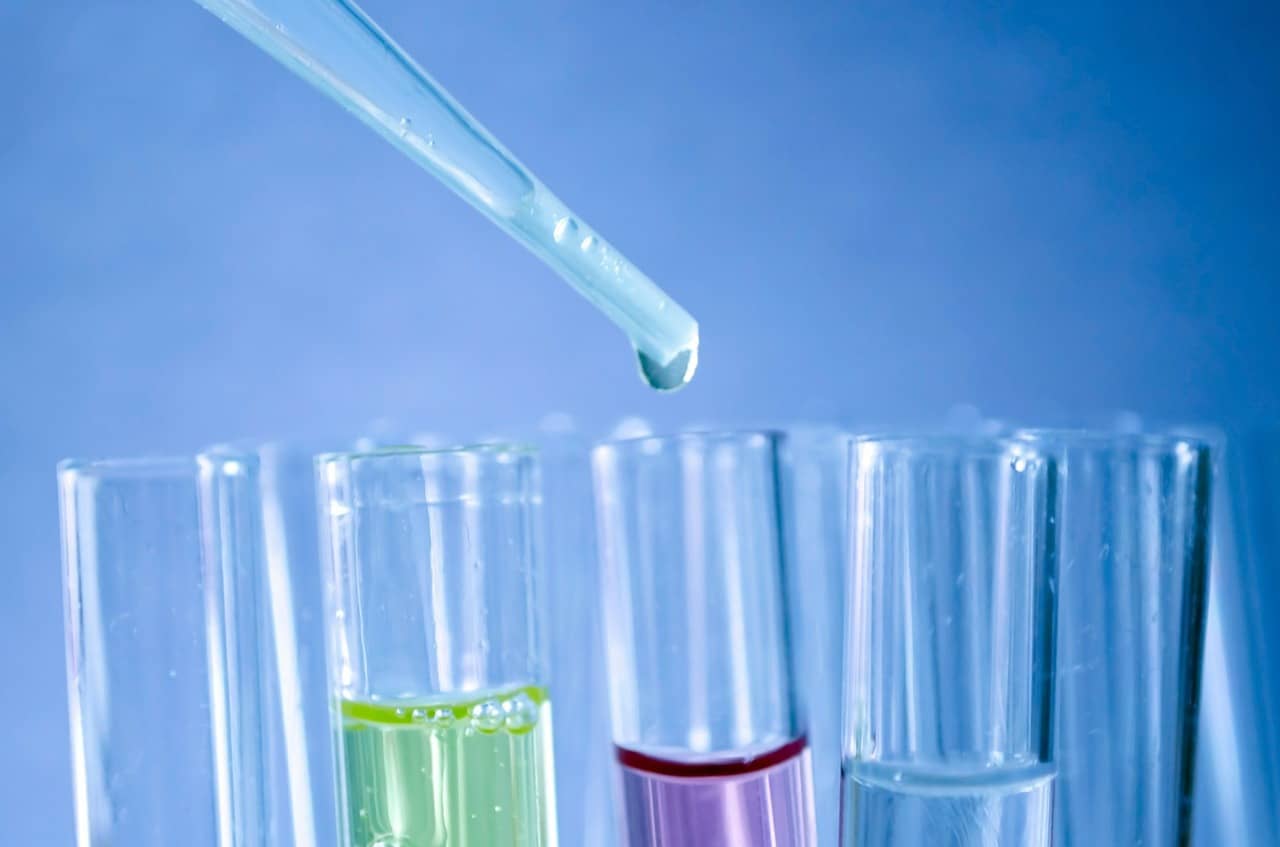Designer drugs are substances that have been created to make people feel high or attain a euphoric state. These are often referred to as “high-end drugs,” and they can cause users to feel different about themselves. In some cases, these drugs can lead to addiction and abuse. These are substances that are commonly referred to as legal highs. They are designed to be used for recreational purposes and are often marketed and distributed through the inadequacies of existing legislation (1).
What are designer drugs?
A designer drug is a type of analogue of a controlled substance that’s designed to mimic the effects of the original drug. It can be used without being detected or illegal in standard drug tests.
Non-chemists can easily synthesize certain compounds, and they can also obtain them from the raw materials available. Unfortunately, these chemicals are often packaged with misleading labels. These labels claim that the products are not for human consumption, but they can actually contain varying concentrations and chemical content (2).
The European Union has designated various designer drugs as new psychoactive substances. These substances are also known to be analogues of performance-enhancing drugs.
These substances were originally synthesized by industrial or academic researchers in an attempt to find better derivatives with less side effects. They were then co-opted for recreational use.
Some users of illicit drugs are appealing these substances due to their legal status. However, due to the hard work that chemists have put into developing these drugs, they don’t have the attributes and hallmarks that law enforcers look for in them. This means that users can get high on these substances without facing any consequences.
A second group of users commonly takes designer drugs as part of a pro-drug lifestyle. According to a study conducted by New York Magazine, these individuals often search the Internet for new substances to try, and they share their experiences with others in order to inform others about what should and shouldn’t be done. They may feel that they are knowledgeable about what a drug should and shouldn’t do, and they may take pride in being able to try new drugs before anyone else.
If a young athlete tests positive for drugs, they could be removed from their sports teams. However, since some tests do not detect synthetic substances, this use can still go undetected.
For the first time, designer drugs were produced in laboratories that were not approved by the FDA. Because of their unknown effects and safety, some of these substances have been used in human trials without proper evaluation.
In some jurisdictions, it is illegal to sell drugs that are structurally similar to a banned substance. This means that even if the drugs have similar pharmacological properties, they can’t be traded. In other jurisdictions, their grey market status makes them illegal.
In some jurisdictions, analogue laws are in place that ban substances that are structurally similar to banned substances. On the other hand, designer drugs can be prohibited regardless of their legal status. Because of this, their illegal trade can still take place on the black market.
Types of Designer Drugs
Here are some different types of Designer Drugs;
- Cannabinoids
- Phenethylamines
- Phencyclidines or arylcyclohexamines
- Tryptamines
- Piperazines
- Pipradrols
- N-ring systems
Designer drugs are substances that are designed to mimic the effects of banned substances. Most of these are similar to substances such as cocaine and other stimulants. However, one type of designer drug, known as cannabinoids, mimics the effects of marijuana. According to the DEA, this drug is the most popular of these.
What are examples of designer drug?
Some of the more common types of designer drugs include:
- MDMA (Ecstasy, Molly)
- U-4700 (U4, Pink)
- Rohypnol (Roofies or a date rape drug)
- LSD (Acid)
- Ketamine (K, Special K)
- Alpha-PVP (Flakka)
- Synthetic marijuana (Spice, K2)
- GHB (Gamma hydroxybutyrate)
- Methamphetamine (Meth or Crystal Meth)
- Bath salts – synthetic drugs related to cathinone and often marked “not for human consumption” (3)
What are the short term effects of designer drugs
Some of the short term effects may include;
- Hallucinations
- Paranoia
- Panic attacks
- Delirium
- Depression
- Anxiety
- Irritability
- Aggressiveness
- Violence
- Irrational behaviors
Are designer drugs addictive?
According to some studies, these substances could cause changes in the brain’s chemical properties that could lead to addiction. For instance, the components of certain drugs, such as cannabinoids, are known to work on the receptors that are activated by marijuana. This suggests that they could be just as addictive as the drug. More research is needed to confirm this.
While one company may make a drug according to a certain formula, another may do it in a different way. If regulators decide to ban an ingredient or a component, all of the companies may change their strategies in order to avoid being prosecuted. This makes conducting in-depth studies on these drugs incredibly difficult.


Recent Comments